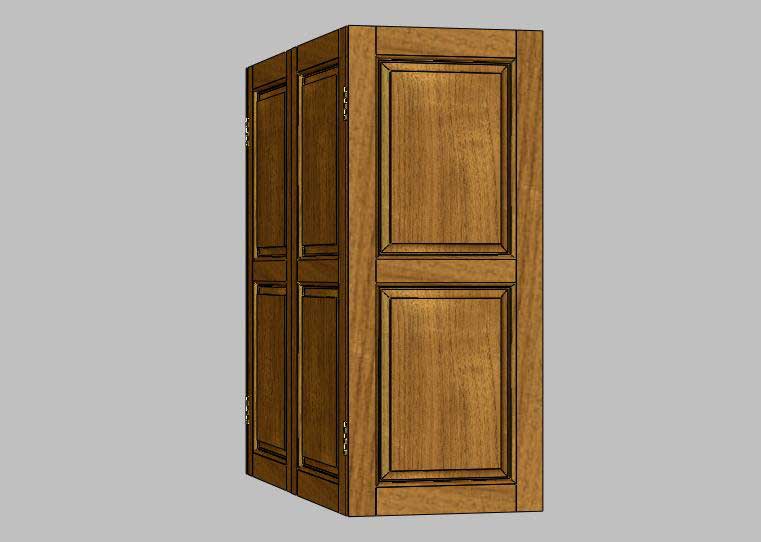Troubleshooting Inconsistent Z Axis Cut Depths on a CNC Router
Advice on looking for machine problems that could cause a CNC to lose accuracy and precision on the vertical axis. April 27, 2011
Question
I own a small CNC router - 1000 x 800 mm - and have noticed that the machining Z height across the complete surface of the machining bed area is not level. For instance, if I set my software to engrave into a material to a depth of 1mm, I find that on some areas of the material, even when the material is the same thickness right across it's whole surface, the engraved depth is say less that 0.5mm when of course it should engrave to 1mm anywhere on the material. What can be causing this? Has this happened to anyone else? Is there anything that can be done to solve this issue?
Forum Responses
(CNC Forum)
From contributor W:
Are you using a spoilboard, and do you level it? Many CNC machines have the ability for adjustment and shims may be required.
From the original questioner:
I normally use a spoilboard - sheet of MDF which I then machine about 1.5 mm off the top to supposedly get a completely level surface. Then I place the material to be engraved on the top and still get an engraved depth which differs at different parts of the table. I even tried routering out three 25mm wide sections right down the length of the spoilboard (on the left side, middle, and right side of the table) and then with the same tool engraving three separate 3mm wide sections down the same routered areas and still I get a differing engraved depth.
From contributor M:
You should be routing with a flat bottom tool so itís easier to measure. Example: cut a rectangle and then cut a rabbet around the perimeter of the rectangle leaving 0.25" depth. Check it at different spots and see if the tolerances are ok. If the material left is not the same all the way around, then you may have a problem. I would check to make sure the table is level and adjust if necessary. Next I would check the z axis mechanical parts for wear. I have seen worn parts cause the positioning to wander without causing an alarm at the control.
From contributor A:
What is the make and model of your CNC machine. Is Z at zero when in the home position, did the Z axis crash?
From contributor J:
Are you machining both sides of the spoilboard?
From contributor B:
Try this:
1. Machine both sides of a temporary spoil board with a fly cutter.
2. Cut a .25" deep slot along a square pattern covering most of the width and depth of the temporary spoil board. Create this with G-code instead of using the arrow keys on the keyboard.
3. Measure the depth of the slot all at all 4 corners and at 2 or 3 points along each side of the square. Write these measurements on the spoil board right next to where they were made. Note the difference in depth at different locations.
4. Run the same slot pattern .35" deep and re-measure. All your measurements should now read .1" deeper.
If the measurements are not uniform in depth at all locations (as I would expect from your description unless machining both sides of the spoil board solves your problem) then it seems the problem is being caused by one of two problems:
First, if all the measurements are not uniform but are exactly .1" deeper at all measurement points after the second pass then you might have a problem in programming. A way to check this is to run another slot with the arrow keys instead of a G-code program. See if this solves the problem.
Second, if the measurements at your measured points are not uniform and consistent in both passes, but rather deeper in some places and more shallow in other places after the 2nd pass, then you probably have a mechanical problem such as a drooping z-axis or loose components.
From contributor L:
Another thought or two. If this is a stepper machine they are inclined to wonder a bit. If the balancing system for the Z plate is not exactly right the plate could creep either up or down. Many machines use air cylinders for the balance, if the regulator doesn't maintain the correct pressure things can slip. Industrial level machines use two cylinders, one on each side of the Z plate, to provide balanced forces. The guide system for the Z plate is normally re-circulating ball linear guides. When new these are extremely smooth operating, they need periodic lubrication and the wipers need to be kept in good condition. Check yours to make sure they are absolutely free moving. To cut costs some machines use simpler, shorter lifetime solutions.
